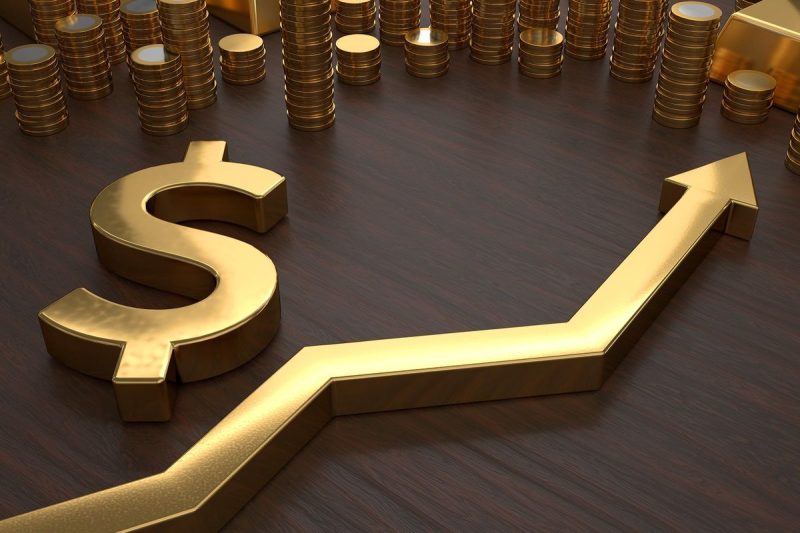The world of gold has been nothing short of spellbinding in recent times. Analysts are abuzz with speculation as gold prices surge to an all-time high. But the experts are of the meticulous opinion that the ascent has not reached its culmination. Here is a comprehensive dissection of this golden trend and why this ascent is far from over.
In a rather unprecedented turn of events, the global gold price has hit its highest level with experts forecasting a persistent upward trend. The continuous escalation has acted as a testament of gold’s status as a reliable store of value, particularly amidst economic uncertainties.
The Covid-19 pandemic has played a significant role in the current boom of gold prices. As the pandemic ravaged world economies, causing massive unemployment and triggering record drops in gross domestic product (GDP), investors started seeking defensive investments. Gold, as a traditional safe-haven asset, has become the investment choice for many.
Alongside the pandemic factor, the vast monetary stimulus by central banks worldwide has also contributed to the surge. To alleviate the economic fallout caused by the virus, central banks have been pumping money into the economy, leading to lower interest rates and potential inflation. As gold is widely considered a hedge against inflation, this situation has led to increased demand and consequently higher prices for the precious metal.
Another circulating opinion highlighting the consistent rise in gold prices speaks of geopolitical tensions as a contributory factor. The increasing worries about US-China trade relations, Brexit, and territorial disputes around the world provide fertile ground for safe-haven demand for gold.
However, experts argue that the cheering spectators of the gold market might be in for a longer show. Contrary to some critics’ belief that the gold market is in a bubble about to burst, industry authorities lean towards the direction of a persistent upward trend for various reasons.
As the world still grapples with the Covid-19 virus and the future of our economy remains uncertain, gold’s appeal is likely to remain intact. As long as the virus continues to pose a challenge, gold’s standing as a safe haven will probably remain robust.
Additionally, the monetary stimulus being utilized to combat the economic effects of the virus does not seem to be drawing to a close. The central banks’ policies, especially the US Federal Reserve’s commitment to low interest rates for the foreseeable future, bodes well for gold prices. Gold tends to perform strongly when real interest rates (the interest rate minus inflation) are low or negative, and the ongoing policies make this a likely scenario.






























